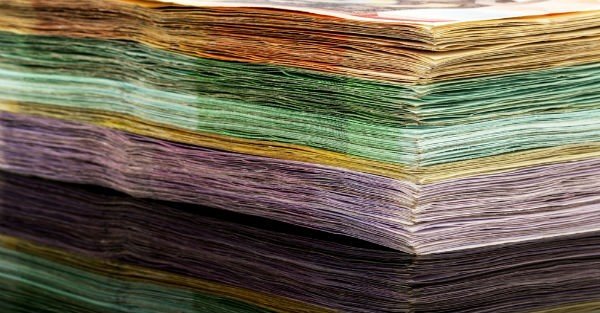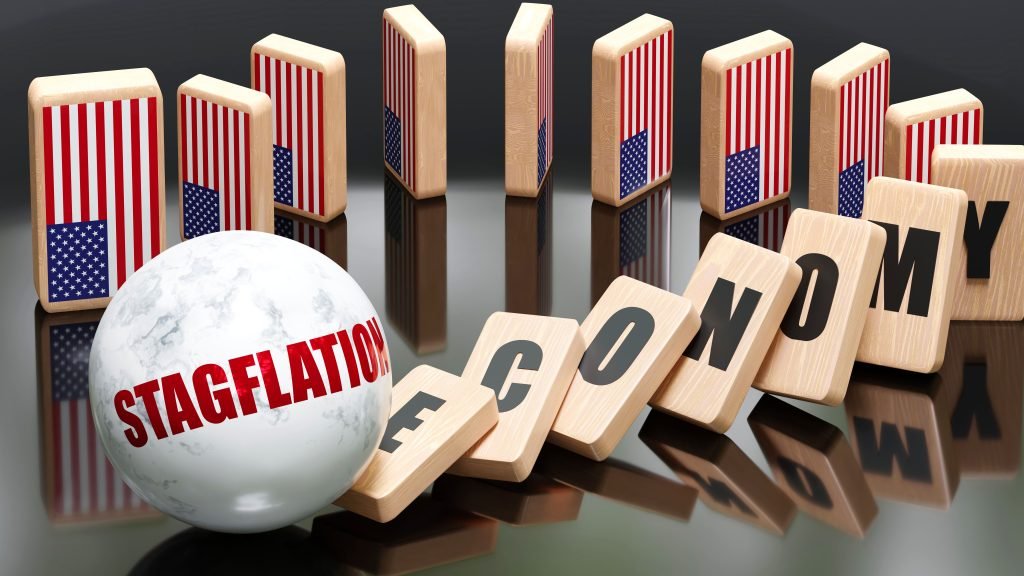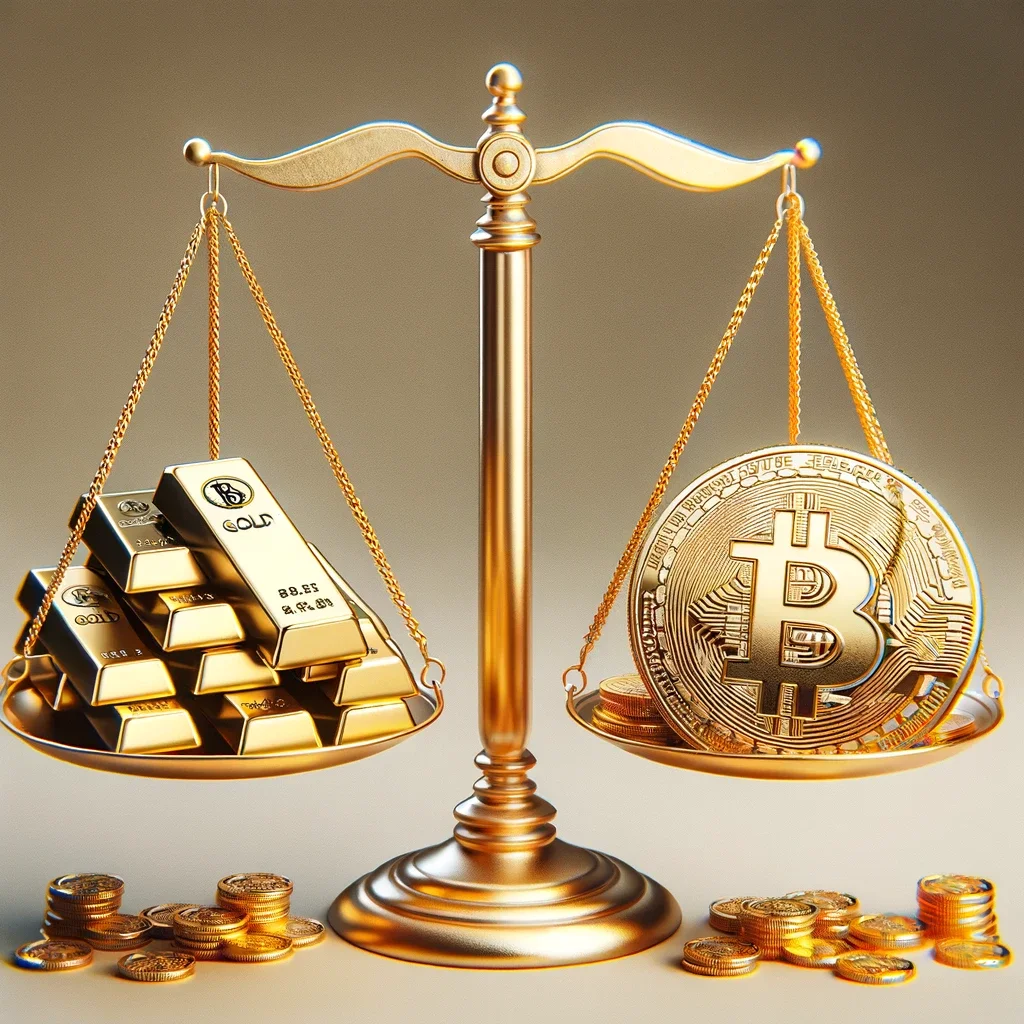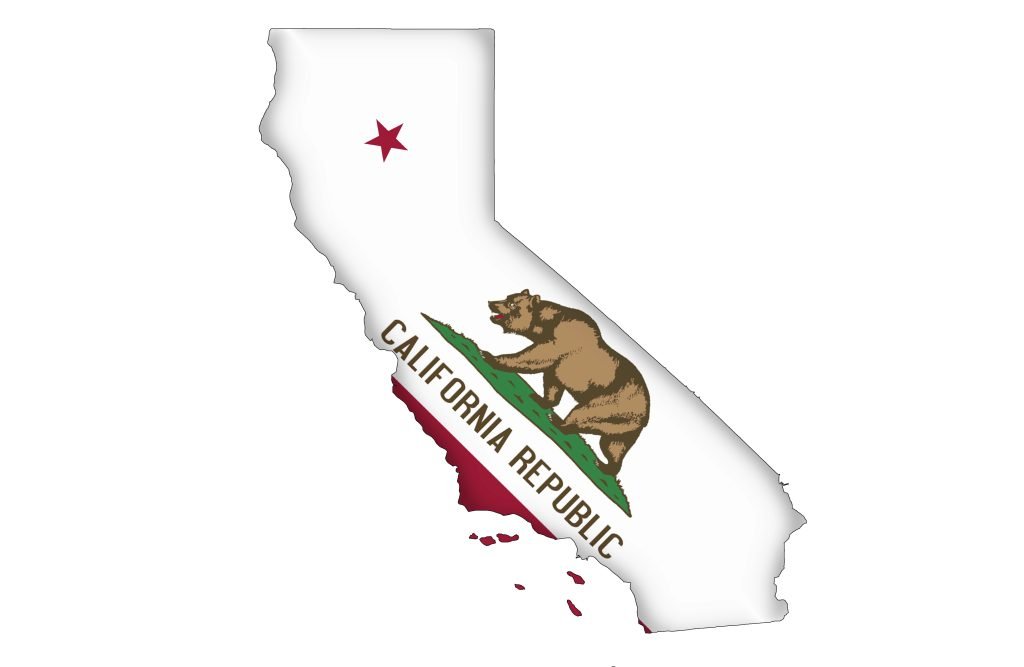October 10, 2014
Santiago, Chile
I just got off a two-hour conference call with the board of directors of our agricultural investment company.
I’m fortunate that our board is comprised of some incredibly smart people, including a senior executive at one of the largest sovereign wealth funds in the world, another investment banking executive, private wealth manager, etc.
These are very intelligent people who understand both finance and agriculture.
Our conversation this morning turned to exchange rates, and we discussed the future of the US dollar.
Bear in mind that we all hold a rather dim view of the dollar’s long-term fundamentals. That is, after all, why we pooled funds to trade paper currency for high quality productive farmland.
But over the coming months, our consensus was that the US dollar is in a favorable position when ranked against other major fiat currencies. I’ll explain why:
There are only a handful of currencies in the world that can handle huge institutional inflows and outflows.
A fund manager moving $100 billion, for example, can’t park that money in the Costa Rican colon, or the Tanzanian shilling.
It would be impossible. That amount of money would practically swallow the entire money supply and wreck havoc on the local economy.
The only currencies right now that are globally liquid and can really handle such massive flows are the US dollar, the euro, and the yen.
The yen is the worst off; the Japanese government is in absolutely abysmal condition spending upwards of 25% of its central government tax revenue just to pay interest on the debt. And the situation gets worse by the day.
In Europe, many interest rates are now in negative territory. If you purchase a short-term German government bond, for example, you have to PAY THEM for the privilege of loaning them your money. It’s nuts.
By comparison, even though the US government’s financial position is absolutely atrocious, the dollar is the least ugly of the three.
To wit, institutional investors have been selling yen and euros in favor of US dollar assets. And we’ve seen this play out via the steady strengthening of the USD exchange rate for those currencies.
The euro, for example, was at $1.39 just five months ago. It hit $1.25 last week—a 10% drop in just five months.
This is a result of institutional money flows. The dollar is being viewed, despite its deep, fundamental problems, as the safe haven currency. And institutions are buying.
Now, while this outlook will likely persist over the coming months, the long-term outlook for the dollar remains clear. And China’s renminbi is a big part of that.
The international use of the renminbi rises with each passing month.
Institutions, central banks, large corporations, and even governments are beginning to use the renminbi more and more. They’re holding it as an official reserve, and they’re even cutting oil deals in renminbi.
We’re seeing commodities contracts traded, priced, and settled in renminbi. And renminbi trading hubs are being rapidly established in Western financial centers, notably London and Zurich.
Plus, the Chinese government is gradually loosening the renminbi’s restrictions, allowing convertibility on a global scale. Bottom line, they WANT the renminbi to be a global currency.
This will provide a critical fourth option for institutional capital flows.
And while China is saturated with challenges on multiple fronts, the renminbi’s fundamentals are far more attractive when stacked against the dollar, euro, and yen.
Over the coming years, we can expect more and more institutional capital flows into the renminbi.
But for now, at least until another looming US government shutdown spooks investors, we can expect the dollar to reign.
It’s a sad statement of the global financial system when a country that has accumulated more debt than any other nation in the history of the world appears to be the ‘least bad’ choice.
That said, there are options.
The Hong Kong dollar is currently pegged to the US dollar at a rate of 7.80 HKD per US dollar and trades within a very narrow band.
This means that if the US dollar maintains its strength, or if it appreciates further, the Hong Kong dollar will strengthen along with it.
But if the US dollar were to devalue sharply… or experience a sudden, terminal decline, the Hong Kong Monetary Authority could de-peg the Hong Kong dollar.
In this way, your downside risk is protected, yet you maintain your upside potential in case the dollar improves further. And you practically eliminate exchange rate fluctuation in the meantime.
Of the available options, the Hong Kong dollar is a strong choice to consider.








